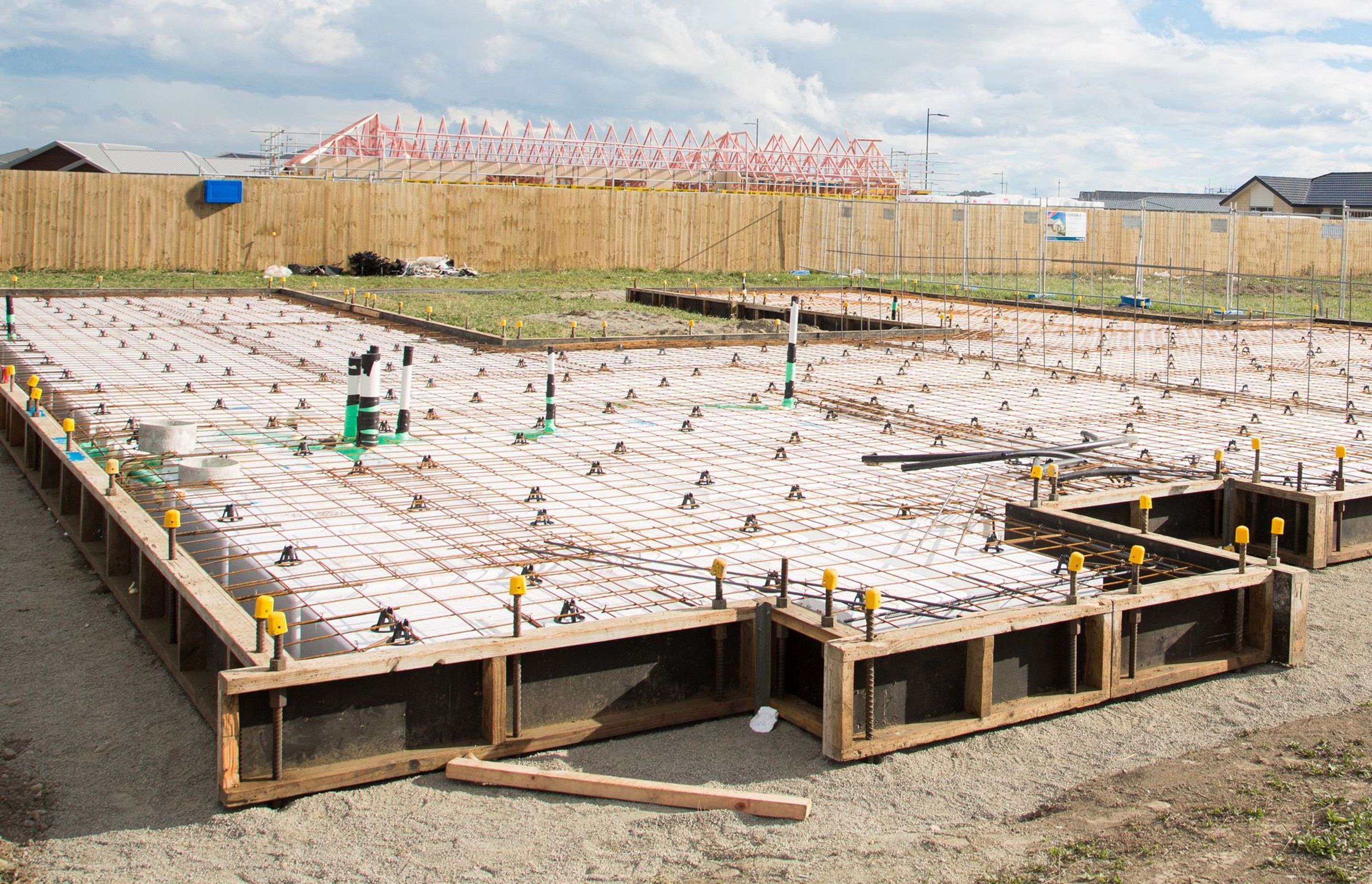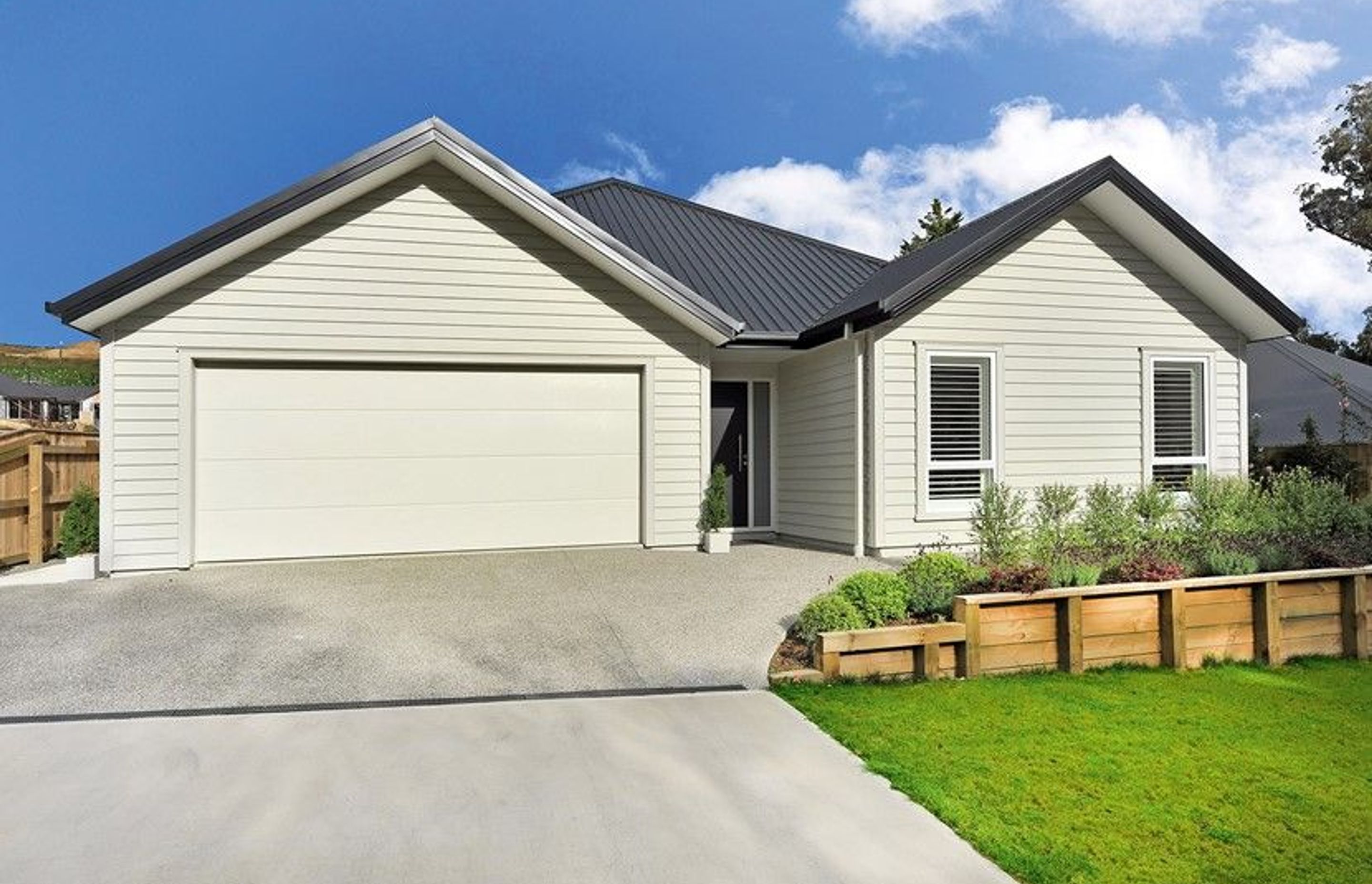New Kiwi foundation system with recycled plastic pods
Written by
18 February 2019
•
4 min read

With the environment at the top of our minds right now, a new Kiwi-designed system addresses the issue of commonly used polystyrene foundation products ending up in New Zealand waterways.
Polystyrene is commonly used as a filler and insulation within concrete flooring and foundations. However, during installation, the polystyrene beads can fall off and end up in stormwater drains and into streams and waterways, causing harm to these delicate ecosystems.
Developed by Allied Concrete, the READY Super Slab flooring and foundation system, incorporates Q-PODs, a Kiwi-made recycled plastic void filler that replaces traditional polystyrene within the floor structures of houses, shed floors, warehouses and light commercial buildings.
By incorporating the Q-PODS, this new system addresses the issue of polystyrene escaping during the installation of residential flooring and foundations, a fairly common occurance in New Zealand that results in polystyrene beads ending up in our streams and waterways. As well as being made from recycled material, the Q-PODS are also 100 per cent recyclable – with zero landfill waste, which means they are diverted from landfill at the end of their lifespan.
READY Super Slab is an above-ground engineered flooring system, also known as a rib raft foundation, a pod floor, waffle slab or floating foundation. One typical 100mm x 1,100mm x 220mm polystyrene pod can be directly substituted for four joined 550mm x 550mm Q-PODs.
Aside from its environmental benefits, other advantages over conventional concrete floors and foundations, include its inherent strength due to a grillage of beams within the concrete slab, which makes it stiffer and stronger than a conventional 100mm concrete slab on grade, and deepened perimeter footings can typically be omitted.
Dave Barker, Allied Concrete’s national sales and marketing manager, explains, “When we’ve seen floors fail in the past, it’s been because, during construction, a worker has walked across the steel mesh and sunk it into the polystyrene, whereas the Q-POD system can’t be unintentionally lowered because Q-POD spaces have built-in mesh chairs. It’s a complete system, ensuring the steel stays where it should – mid-slab.”
So, how does the system work? The Q-POD layout creates a stiffened grillage of reinforced beams in both directions. In between the beams in the voids, the Q-PODs trap air inside the concrete and steel foundation, without altering the R-value and thermal mass that are set in the New Zealand Building Code to ensure the floor is well insulated.
“We expect Q-POD to be at least as good but, more than likely, slightly better compared with the insulation properties of a traditional polystryene solution,” says Dave. Although, as in any similar foundation, the insulation value does depend on the shape of the floor.
READY Super Slab is currently the only CodeMark-certified plastic pod raft flooring system in New Zealand, so councils will accept the system if suitable ground conditions occur. Otherwise an engineered plan will be needed. These conditions are set out in the technical manual for the system available on the Allied Concrete website.
The product was recently used in its first test case project. “We had to find some gullible sucker to test drive use the product and I volunteered,” Dave says jokingly. “I was building a house in Christchurch and, having worked with the development of the product for some time, I was confident the system would work so I volunteered to be a pioneer! We partnered up with a local builder to gain feedback, and then we had an open day and invited other builders and architects to inspect the product while it was actually being laid within the foundation.”
“What was interesting was that there was a project being built down the street and, coincidentally, a truck arrived and started unloading a stack of polystyrene filler. Within half an hour the wind had blown polystyrene beads onto our site,” Dave says.
“That stuff ends up in the environment and into our waterways and I’m really concerned about that, especially on large development sites where you can see the enormous waste effects of polystyrene. But, with Q-PODS, you can specify exactly what’s required and if there is anything left over, it can be returned.”
Made in the Hawke’s Bay, the manufacturers, Q-POD Earth Friendly Flooring, have been producing plastic products for the concrete industry since 1988, so they’re equipped to deal with the rapid turnarounds required during the construction process.
While the pods are currently being constructed from imported recycled plastic, at present New Zealand doesn’t recycle its plastic waste on home turf. However, local waste streams may become available in the future since New Zealand is stockpiling plastic waste now that China is no longer accepting recycling and waste from other countries.
To find out more about the READY Super Slab and other products, visit Allied Concrete on ArchiPro.


